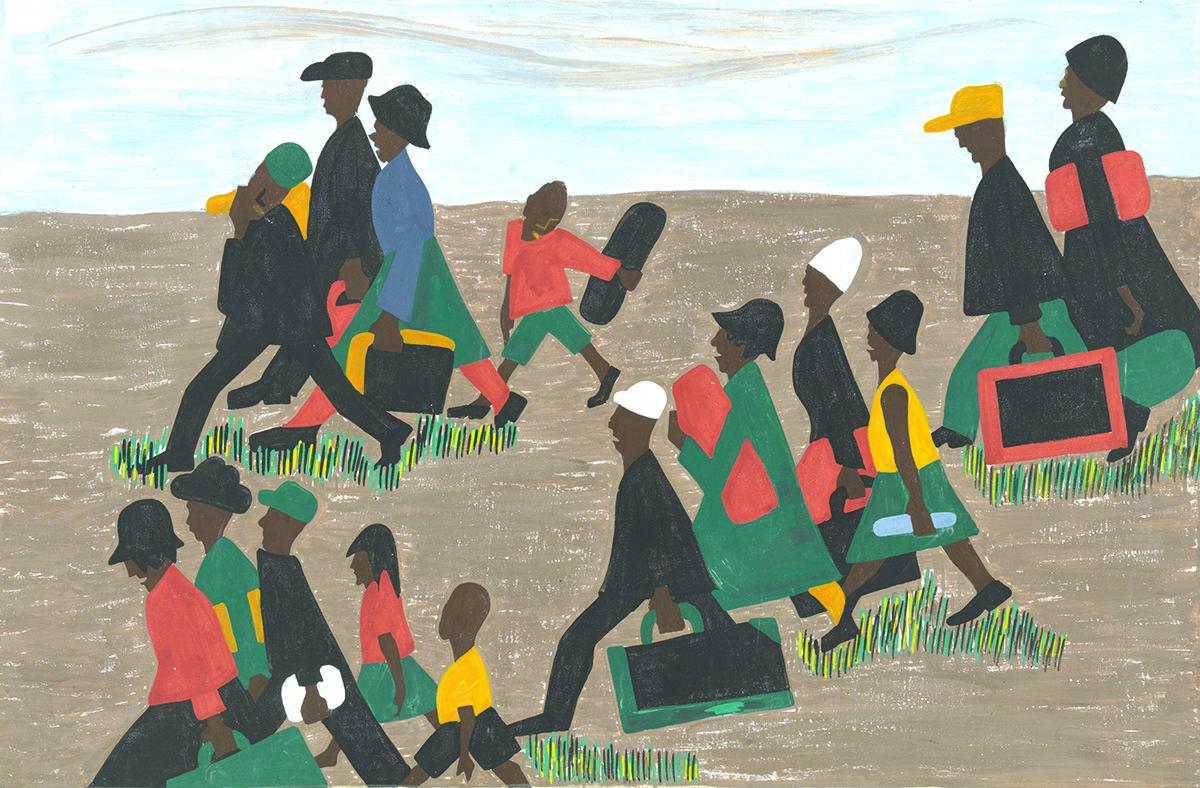The UDC or The United Daughters of the Confederation played a large role in the attempt to preserve southern culture. To preserve this culture they were involved in the reshaping of children’s views of the civil war and the production of Confederate soldier monuments. The UDC put up these monuments in order to make sure that after their loss their history and culture does not disappear. The southerners who supported the Confederacy wanted their interpretation of the civil war to be taught throughout history, this interpretation was known as the Lost Cause. One way they attempted to instill these beliefs into society, besides putting up monuments, was to modify school textbooks. The members of the UDC knew that the children were their future and that if they got them learn about the Lost Cause then they will pass on their beliefs to future generations to come. Mildred Lewis Rutherford, a renowned figure of the UDC, wrote and censored textbooks to legitimize the efforts of the Confederacy. From this The Children of the Confederacy was born. This organization consisted of children under the age 18 who are descendants of honorable Confederate soldiers. These and other children who learn from these textbooks and women have grown up to think just as the UDC wants them to and some become lawyers, lawmakers, police officers, teachers, etc., who end up contributing to institutionalized racism which still continues to affect us today.
https://www.georgiaencyclopedia.org/articles/history-archaeology/united-daughters-confederacy
